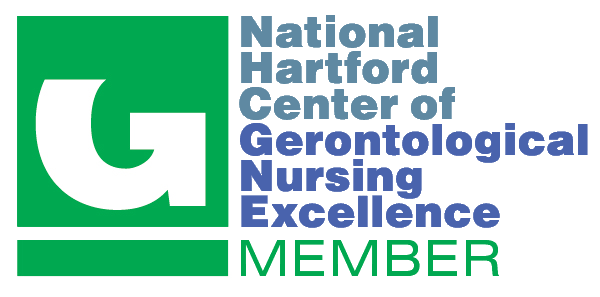Doctor of Nursing Practice Program
Tina Bean, DNP, FNP-BC

-
Committee Chair Name & Credentials:
Abby Luck Parish, DNP, AGPCNP-BC, GNP-BC, FNAP -
Committee Member Name & Credentials:
Angel Anthamatten, DNP, BC-ADM, FNP-BC
DNP Project Abstract
Template Implementation to Increase the Rate of Foot Exam Documentation in a Federally Qualified Health Center
Purpose
The quality improvement project aimed to implement a diabetes foot exam template that would increase the rate of foot exam performance and documentation in a federally qualified health center. The project evaluated the effectiveness of the intervention, which was designed to address barriers identified in the evidence including time, disruption of patient flow, and ease of charting.
Methods
The Model for Improvement and Kurt Lewin's framework were used to design this quality improvement initiative. The nursing staff and provider met in a morning huddle to identify the flow for the day and discuss project goals, team roles, and expectations. Each problem list was reviewed in the huddle to determine people with diabetes to include in the intervention. The nursing staff and provider reviewed the nurse protocol to have the monofilament and tuning fork out and to have the patient remove socks and shoes. The provider performed the foot exam on eligible patients, and the foot exam was documented in the template. A retrospective chart audit was performed, and descriptive statistics were calculated to describe the rate of implementation of the foot exam template.
Results
Fifty-five eligible patients were seen during the 4-week implementation period. Forty-five of 55 eligible patients (81.8%) had documented foot exams using the template, which was considerably more than the 33% rate of documentation prior to the template implementation. Most exams during the implementation period were comprehensive with monofilament, vibratory, and visual exam. Two ulcerations to ankles and 1 small ulceration to foot were identified.
Implications for Practice
The observations from this project suggest that using a standardized template may be an effective method for improving foot exam performance and documentation. Foot exams may interrupt the trajectory of foot ulcer formation and progression. An electronic template may address barriers to foot exam documentation, including time, flow disruption, and ease of documentation.




